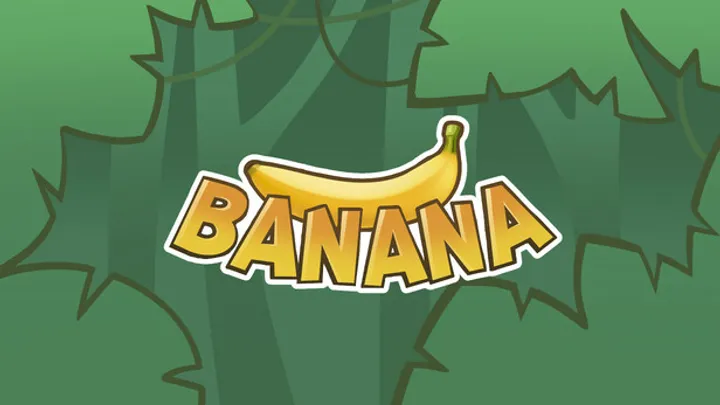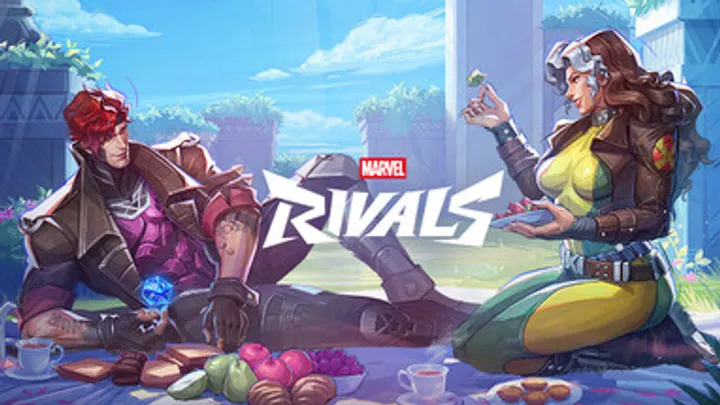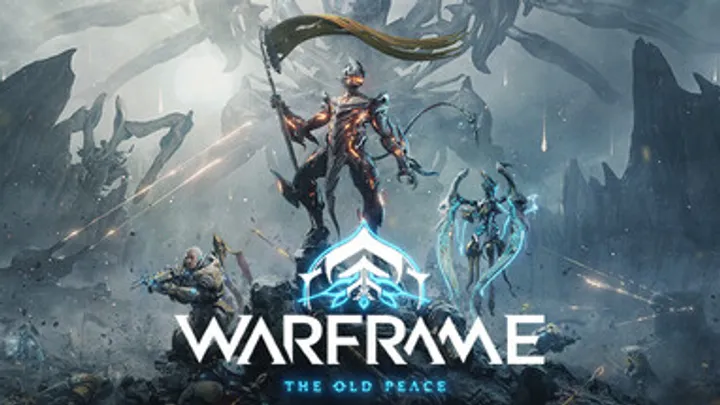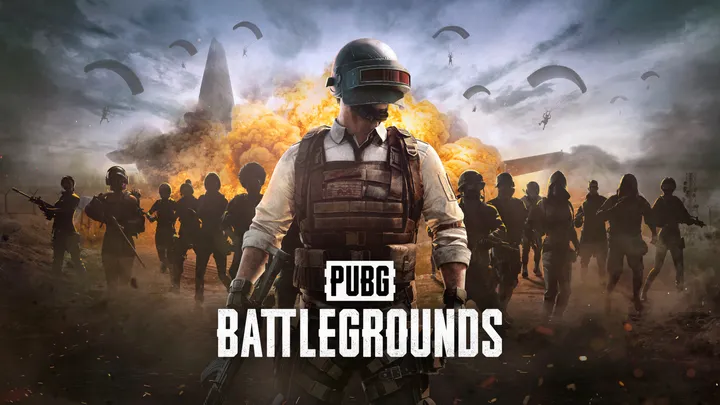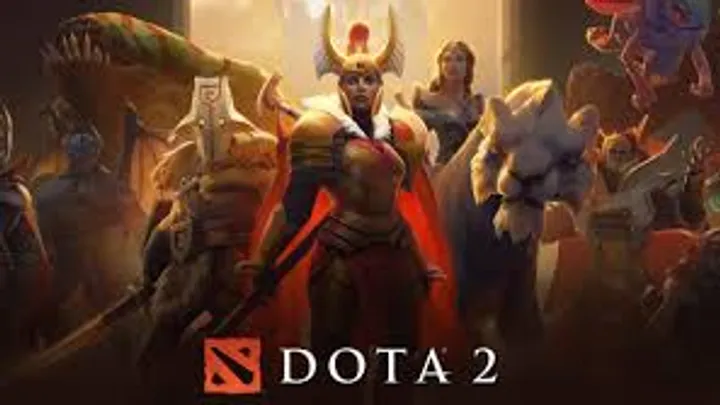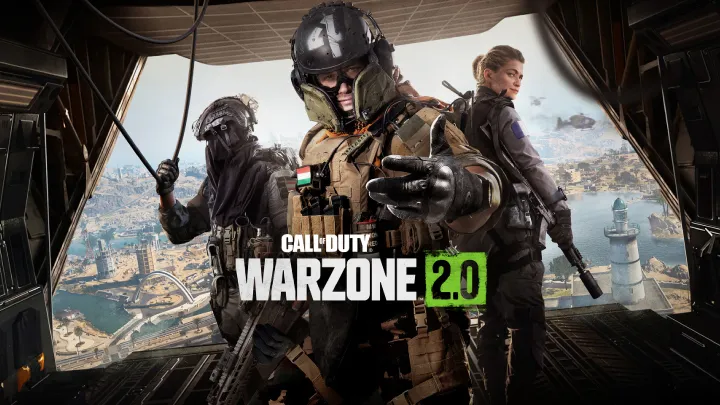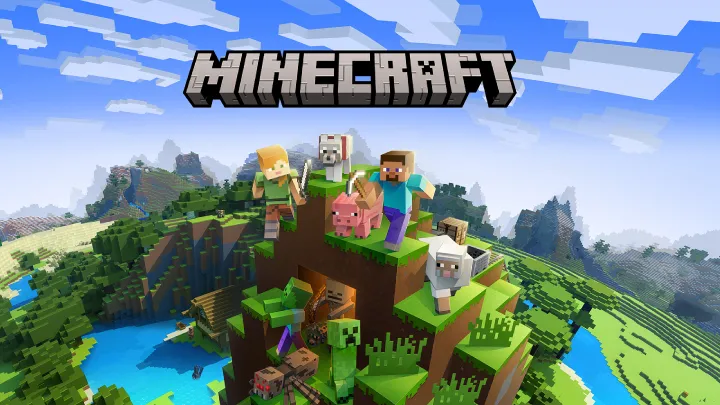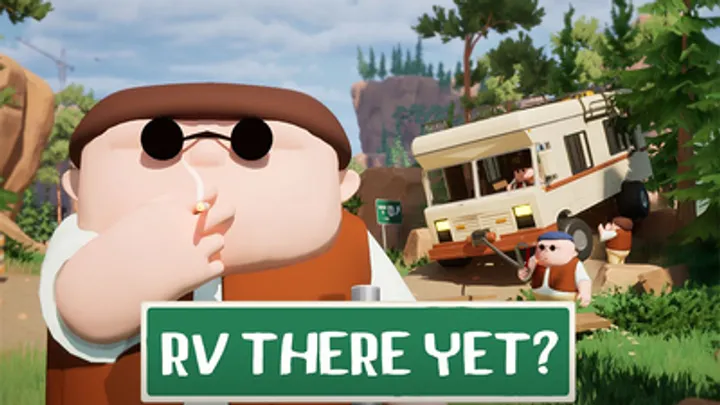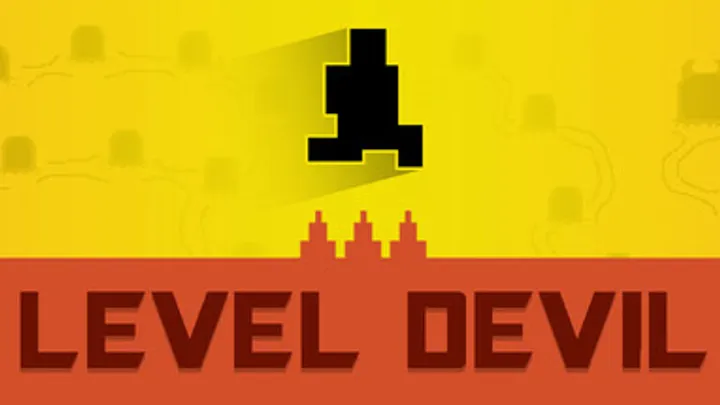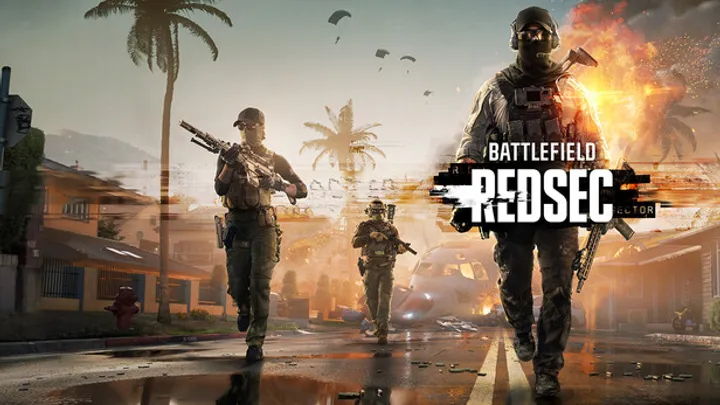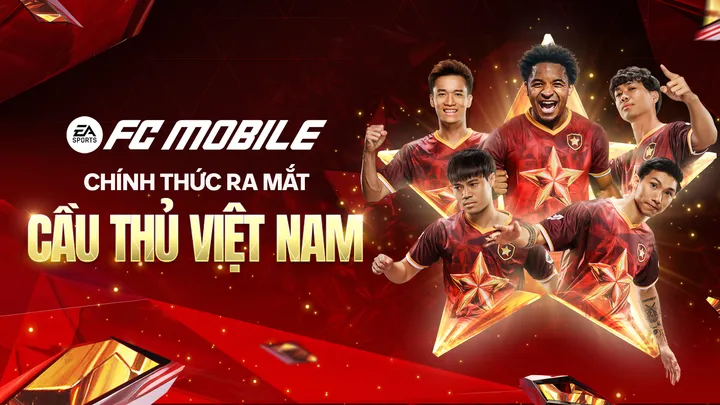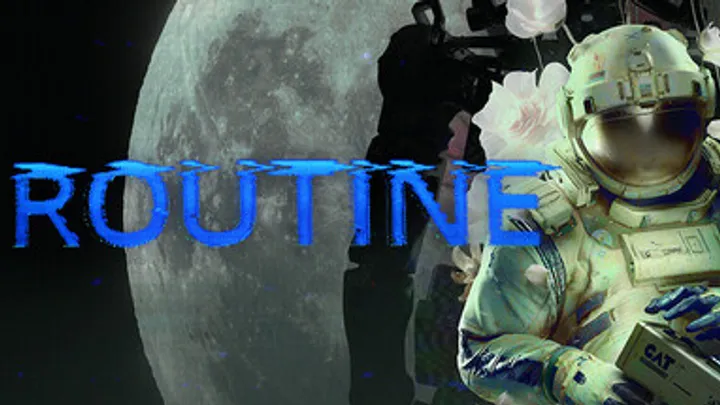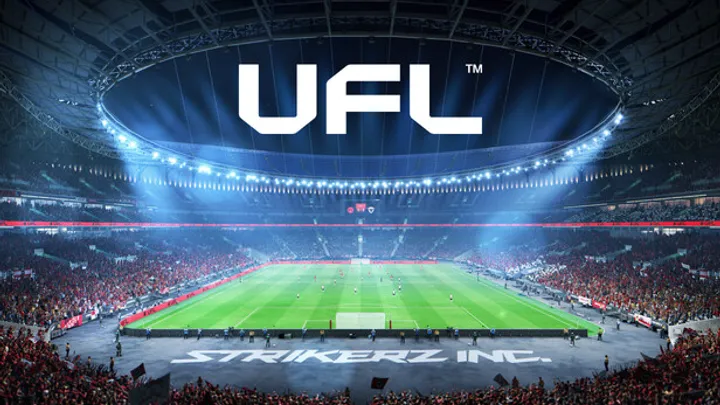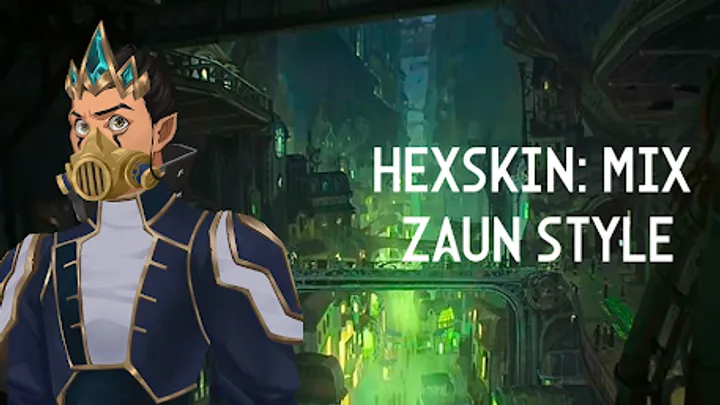LATEST ON BLOG
View more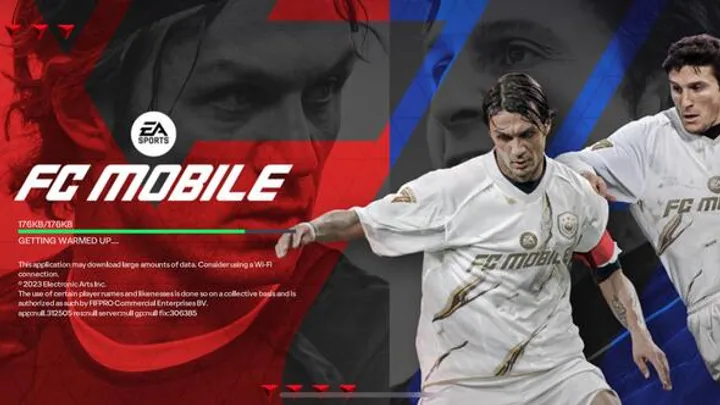
FC Mobile – Advanced Tips and Guides From Team Building to Competitive Mastery
A deep FC Mobile guide covering gameplay fundamentals, squad building, controls, tactics, PvP strategy, and long-term improvement for consistent success.
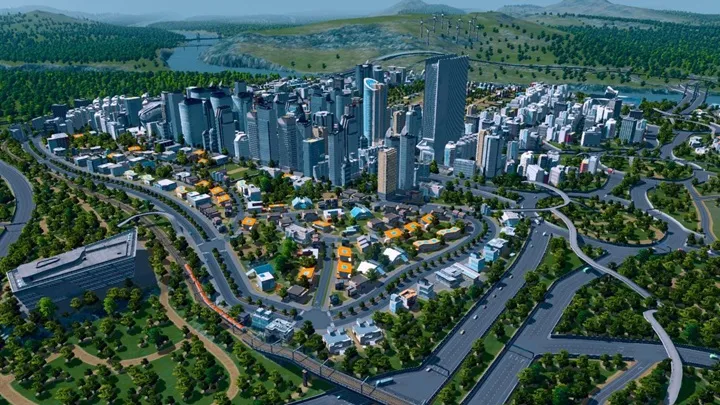
Ultimate Cities: Skylines Tips & Guides for Traffic, Economy, and City Growth
Cities: Skylines tips and guides covering city planning, traffic management, zoning balance, economy optimization, and public services. Learn how to build efficient, profitable cities and scale smoothly from early game to late game.
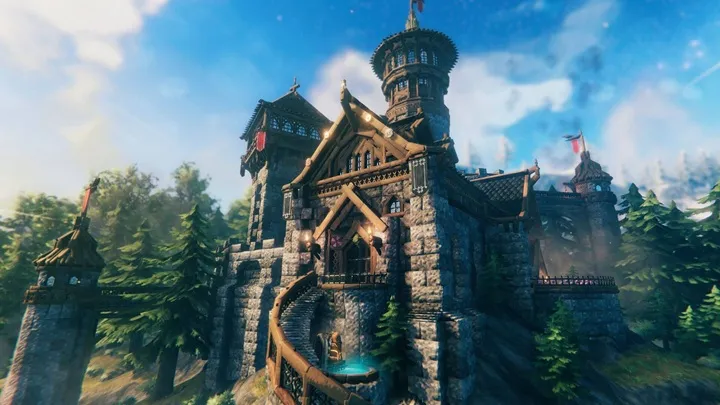
Valheim Tips & Guides: Beginner to Advanced Survival Strategies
Valheim tips and guides covering survival basics, combat mechanics, base building, resource management, and boss strategies. Learn how to progress safely through biomes and master Valheim from early game to late game.
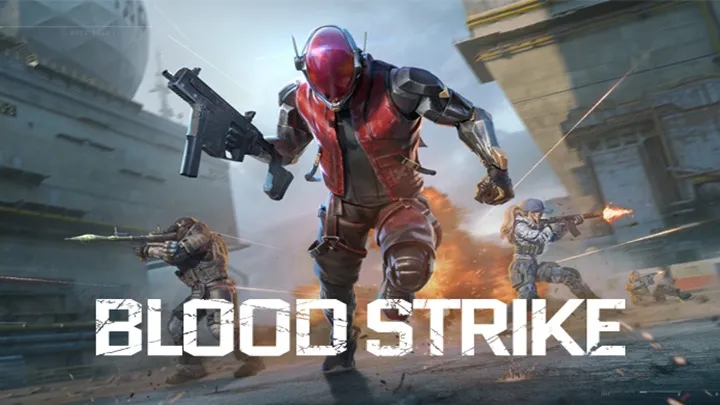
Blood Strike – The Complete Guide to the Hot Game of Fast-Paced Battle Royale Action
Blood Strike is a hot game delivering fast battle royale action. Learn how to master combat, movement, weapons, and survival in this high-speed FPS experience.
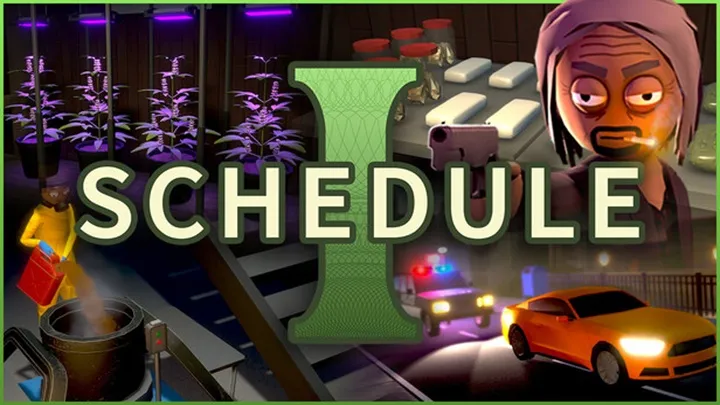
Schedule I – The Complete Guide to a Hot Game of Strategy, Risk, and Criminal Simulation
Schedule I is a hot game focused on strategy and risk management. Learn how to grow operations, control exposure, and survive in a reactive criminal simulation.
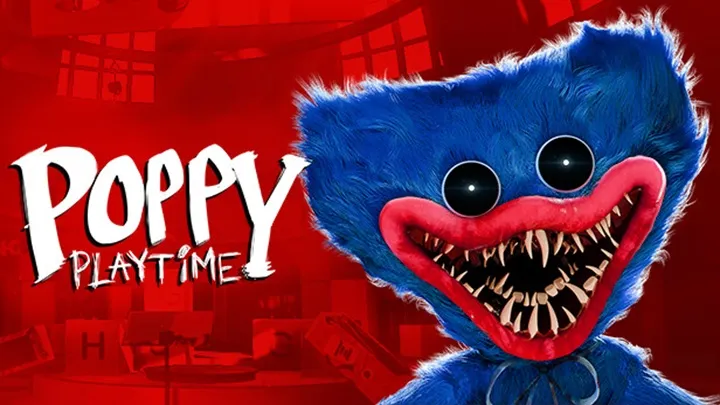
Poppy Playtime – The Complete Guide to the Hot Game of Horror, Mystery, and Survival
Poppy Playtime is a hot game blending horror and puzzles. Learn how to survive monsters, solve mysteries, and uncover dark secrets in an abandoned toy factory.
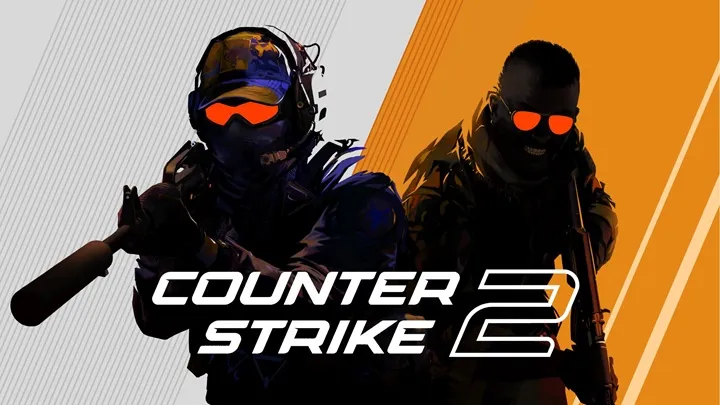
Counter-Strike 2 – The Ultimate Guide to the Hot Game Defining Competitive FPS
Counter-Strike 2 is a hot game built on skill and strategy. Learn how to master gunplay, maps, economy, and teamwork in competitive FPS combat.
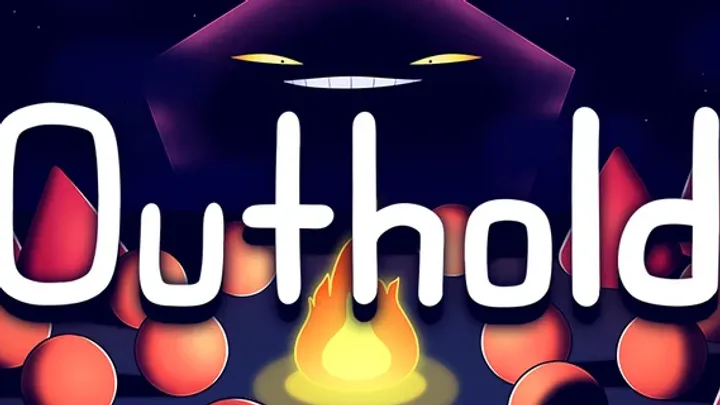
OutHold: The New Standard in Tactical Extraction and Siege Warfare
OutHold, the tactical extraction shooter from Ironclad Dynamics, dominated 2025 with its realistic "siege" mechanics, record Steam launch, and upcoming 2026 console ports.

How to Dominate the Toy World: A Comprehensive Guide to Mastering Sonic Rumble
Master Sonic Rumble by choosing the right class, mastering momentum-based jumping, using homing attacks for shortcuts, and timing Ultimates to win the final round.
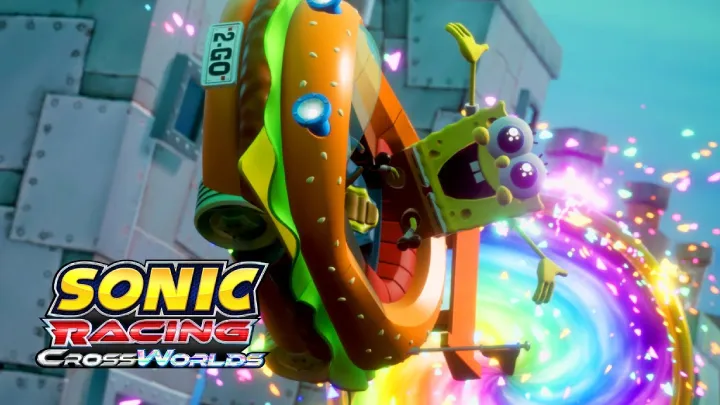
How to Master Sonic Racing Crossworlds: The Ultimate Guide to Interdimensional Speed
Master Sonic Racing Crossworlds by utilizing the Cross-Shift portals, perfecting tiered drifts, and coordinating team Slingshot boosts to dominate across dimensions.
LATEST Reviews
View more
